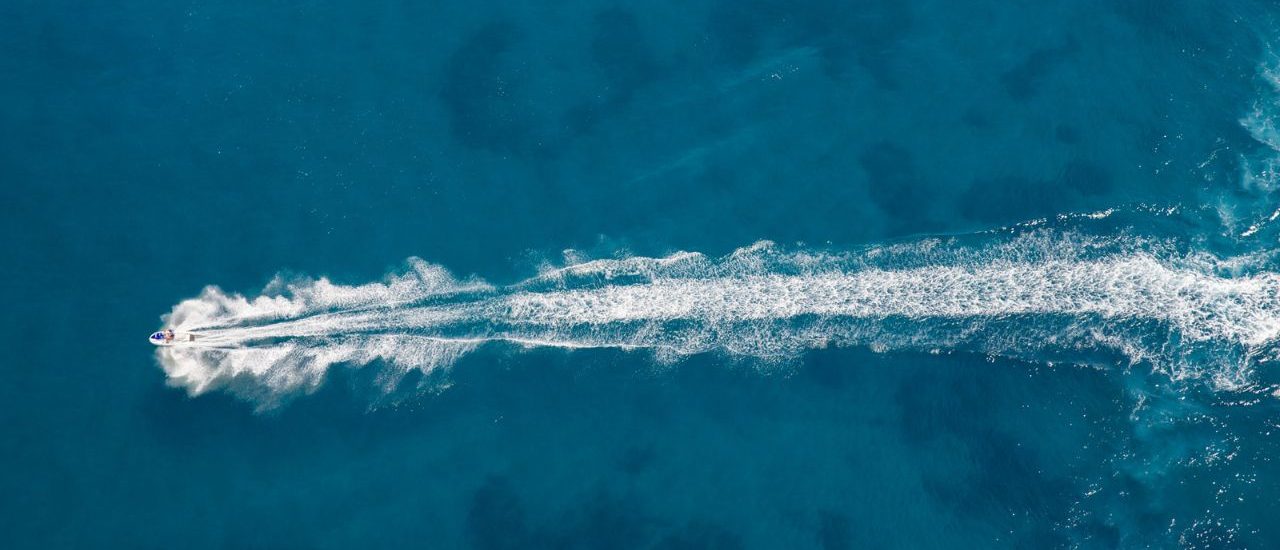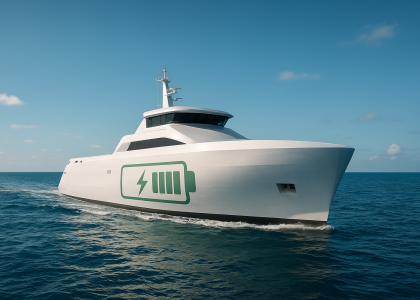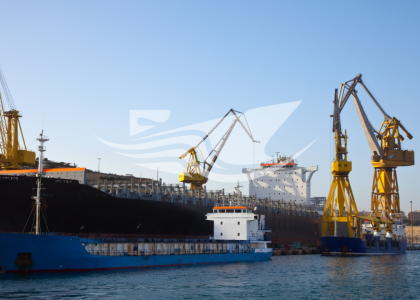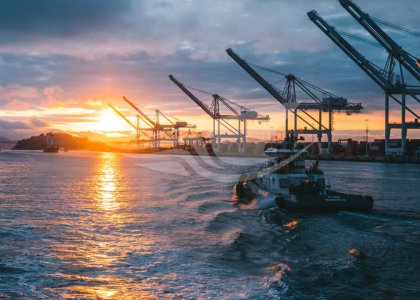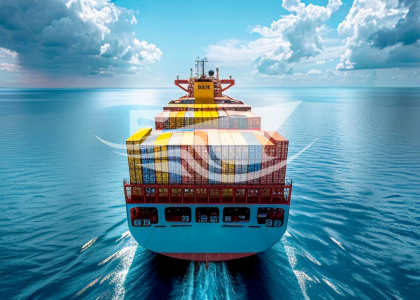Hydrodynamic ship design is at the core of the maritime industry’s shift toward greater fuel efficiency and sustainability. As vessel performance, environmental compliance, and operational cost savings become top priorities, optimizing how ships interact with water is more important than ever (image by: freepik).
At PT. Lentera Segara Indonesia, we combine modern engineering principles with real-world maritime experience to deliver vessel designs that excel in fuel efficiency and hydrodynamic performance. Whether you are building a new ship or upgrading an existing fleet, understanding hydrodynamic behavior is the key to unlocking long-term operational savings.
Core Innovations in Hydrodynamic Design
1. Fuel-Efficient Ship Design
Hydrodynamics is at the core of any fuel-efficient vessel. By minimizing water resistance (drag) and optimizing the flow around the hull, ships can operate at higher speeds while consuming less energy. This is particularly vital for commercial fleets, patrol boats, ferries, and offshore support vessels.
Fuel-efficient design involves refining hull forms, adjusting propeller configurations, and implementing appendages like bulbous bows or stern flaps. Every curve and contour matters—our team uses computational fluid dynamics (CFD) simulations to test and refine hull performance before a single part is built.
2. Ship Design Optimization Techniques
Hydrodynamic optimization goes beyond the shape of the hull. It includes:
- Propulsion system selection: Matching engine power to vessel drag and intended speed.
- Weight distribution: Ensuring even load balance to prevent unnecessary resistance.
- Stability and trim management: Fine-tuning vessel attitude for maximum performance.
These design principles work together to minimize power requirements. Even small gains in hydrodynamic efficiency can translate into substantial cost savings over a vessel’s lifetime.
3. Minimizing Hull Resistance
Hull resistance is one of the primary sources of energy loss in marine transport. By studying factors like surface roughness, wetted area, and flow turbulence, naval architects can implement design strategies that minimize resistance. This includes using special coatings, smoothing transitions between hull elements, and optimizing draft-to-length ratios.
We use advanced modeling tools, scale testing, and real-world sea trials to verify performance metrics. Our design optimization approach not only boosts efficiency but also helps vessels meet upcoming IMO regulations on carbon intensity and energy efficiency.
Why Hydrodynamic Ship Design Matters
The benefits of improving hydrodynamic performance are measurable and strategic:
- Fuel Savings: A 10% improvement in hull efficiency can result in 5–15% savings in fuel costs.
- Environmental Impact: Less fuel burned means fewer greenhouse gas emissions and compliance with stricter maritime environmental standards.
- Extended Range: Improved efficiency allows vessels to travel further without refueling, enhancing operational flexibility.
- Reduced Maintenance: Streamlined flow around hull and propellers reduces wear and prolongs component life.
In today’s global economy, even marginal improvements in vessel efficiency can significantly affect competitiveness, especially for fleet operators and government agencies.
Our Expertise in Hydrodynamics
PT. Lentera Segara Indonesia provides end-to-end consulting, design, and supervision services for hydrodynamically optimized vessels. Our services include:
- Computational Fluid Dynamics (CFD) Analysis: Simulate flow behavior to test different hull designs before production.
- Model Tank Testing: Physical verification of hydrodynamic behavior under various conditions.
- Performance Optimization: Ongoing refinement for both new builds and retrofits to improve efficiency and stability.
- Design Supervision: On-site monitoring to ensure construction matches hydrodynamic specifications.
We understand that every vessel type has unique operational challenges. Whether you’re designing a patrol craft, barge, tugboat, or passenger ferry, we tailor hydrodynamic solutions to suit your exact needs and regulatory environment.
Technologies Driving Future Hydrodynamics
Innovations in marine engineering continue to drive hydrodynamic advancements. Among these are:
- Artificial Intelligence (AI): Predicting optimal route and trim settings in real-time to reduce drag.
- Smart Coatings: Nanotech-based antifouling solutions that reduce resistance and maintenance.
- Hydrofoil Systems: Lifting the hull out of the water for high-speed and fuel-efficient operation.
As these technologies mature, they will become central to the next generation of fuel-efficient ships—and we are already integrating them into our projects.
Case Study: Hydrodynamic Ship Design Efficiency in Action
In a recent project, PT. Lentera Segara Indonesia optimized the hull design of a government patrol vessel operating in Indonesia’s archipelagic waters. By redesigning the bow shape, adjusting the trim, and upgrading the propeller configuration, fuel consumption was reduced by 18%, with zero compromise on speed or maneuverability. This demonstrates how targeted hydrodynamic design can yield significant returns on investment.
Maximize your vessel’s efficiency and slash fuel costs. Request a consultation for advanced hydrodynamic design optimization. Achieve peak performance for your fleet. Discover how our hydrodynamic expertise can benefit your vessel project.


